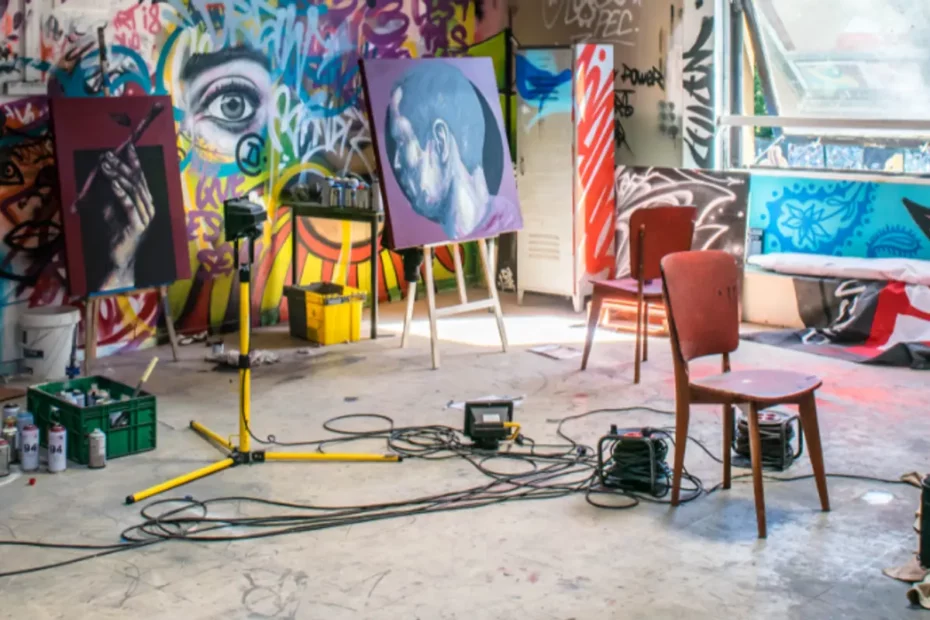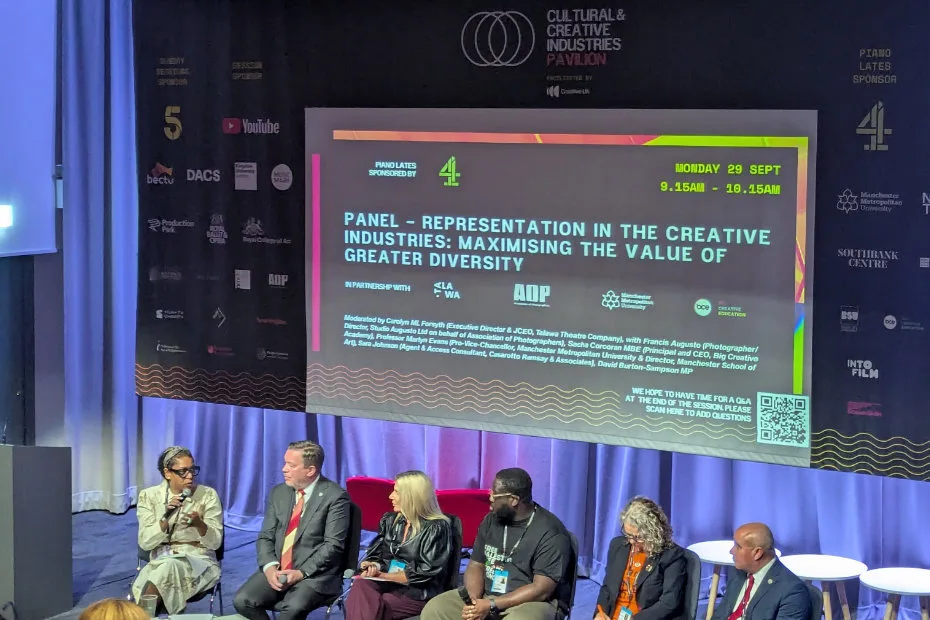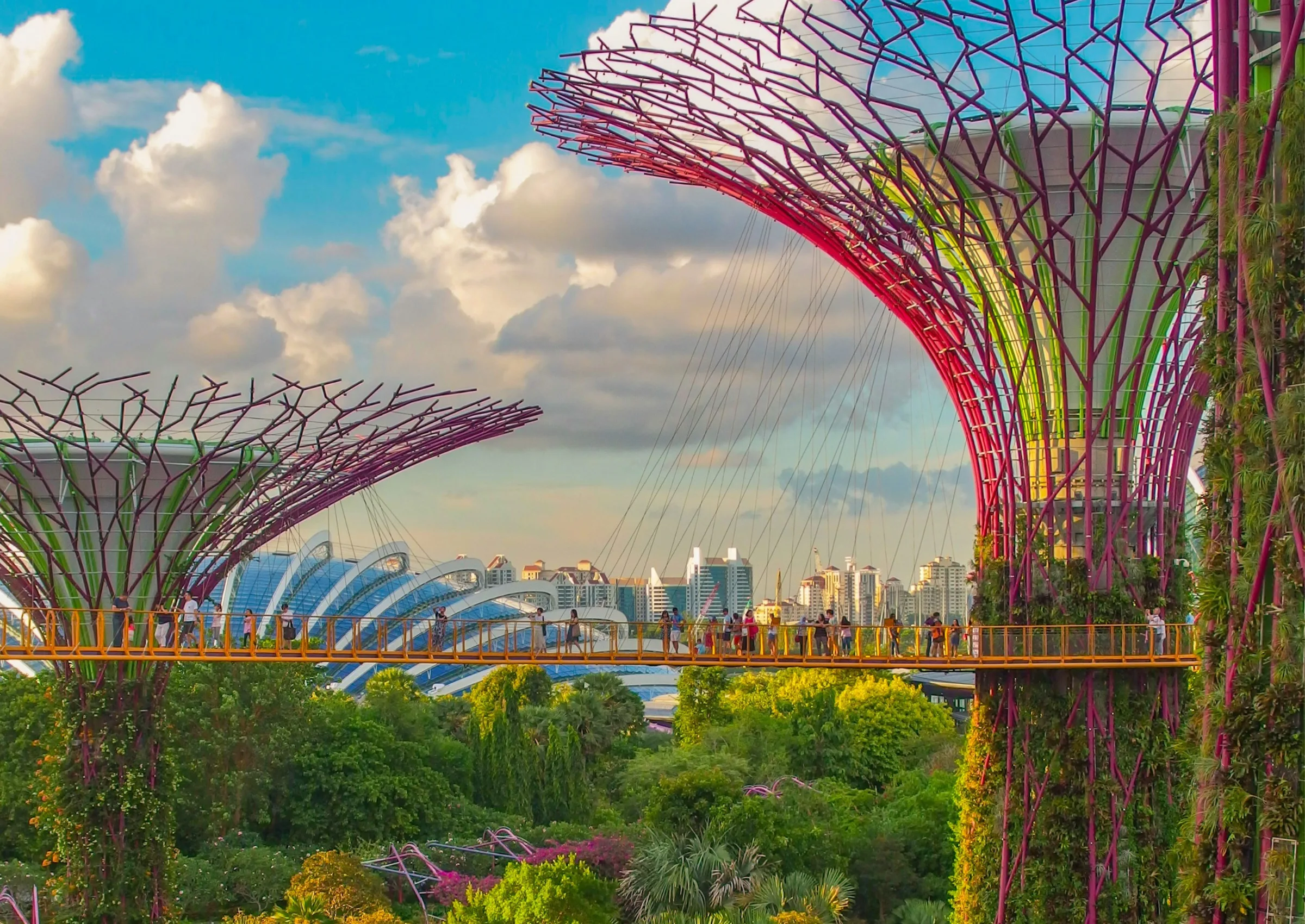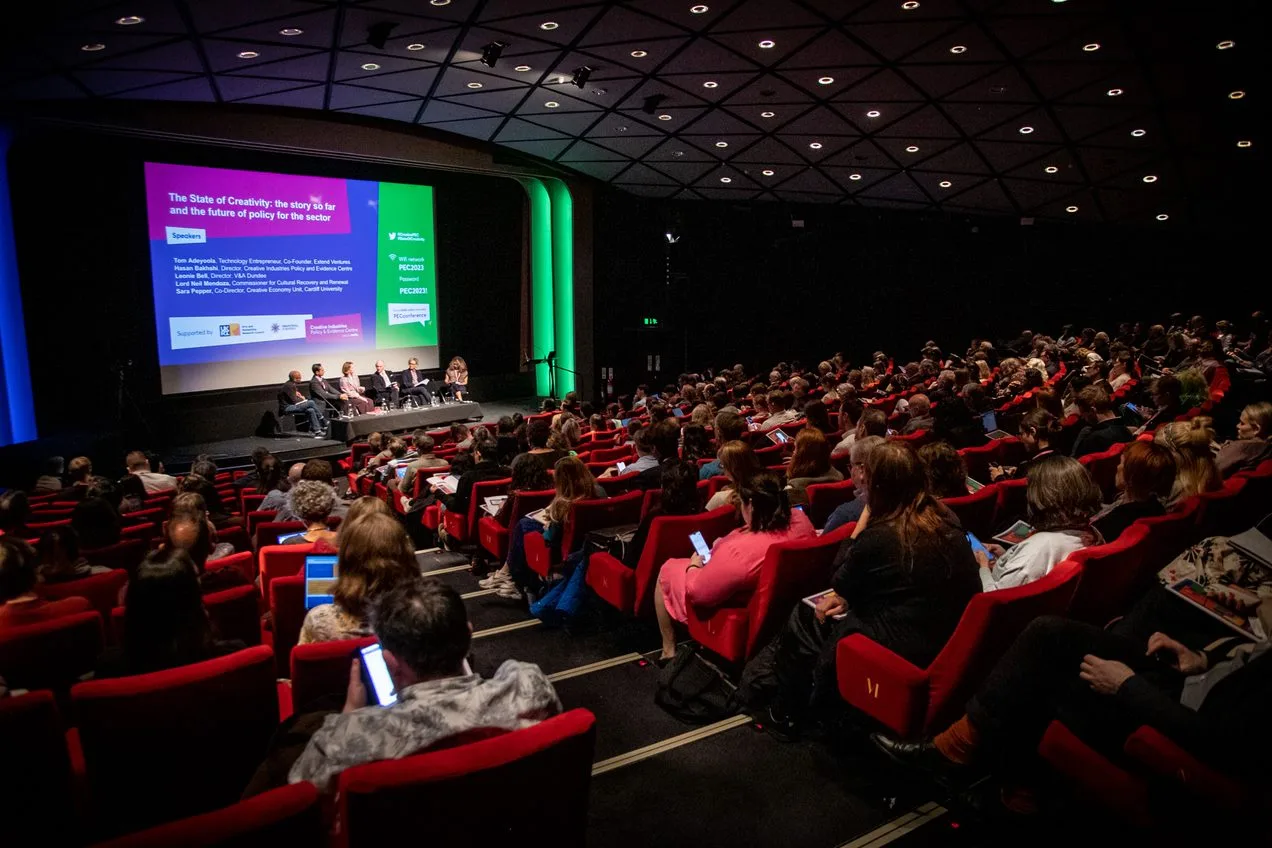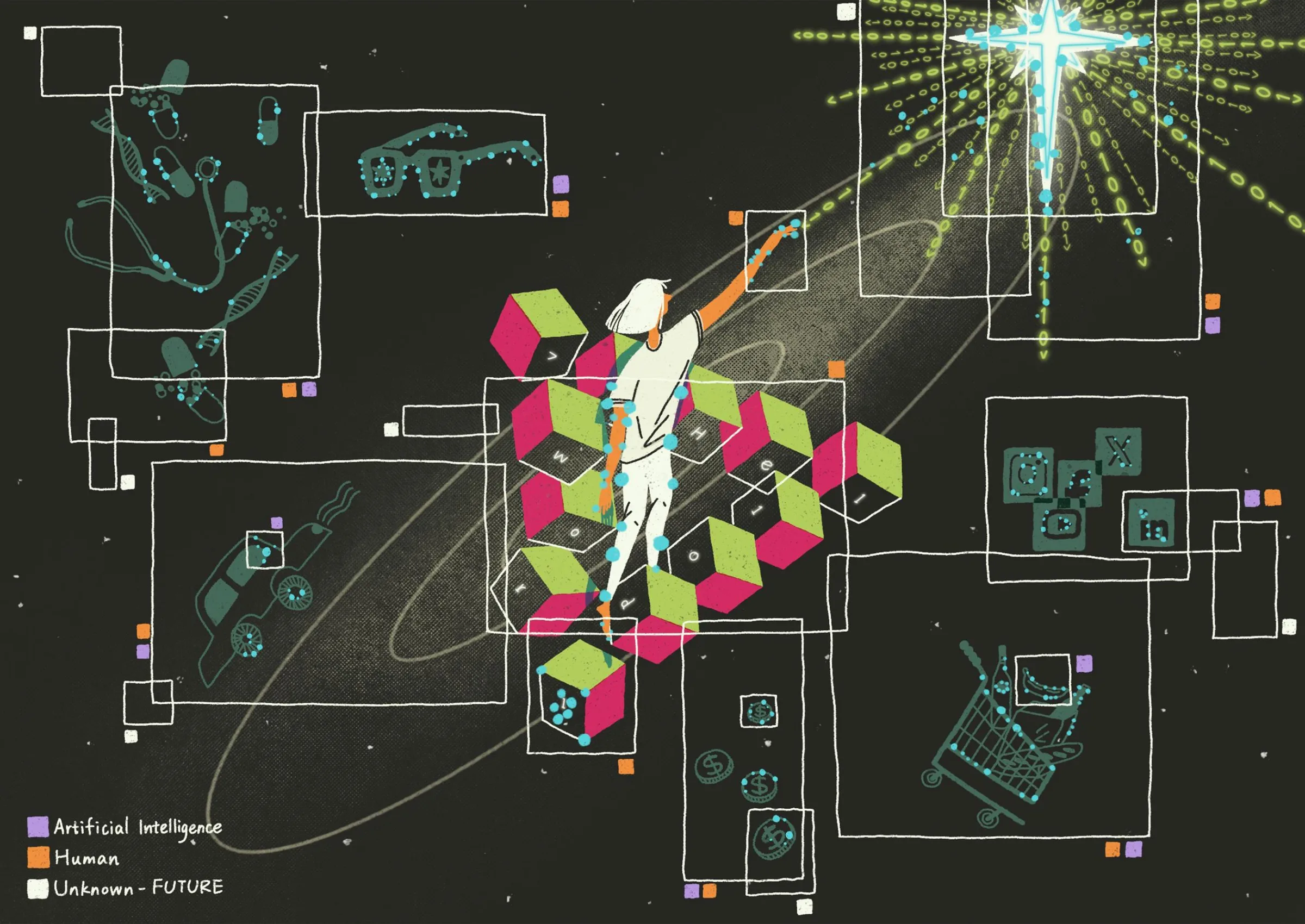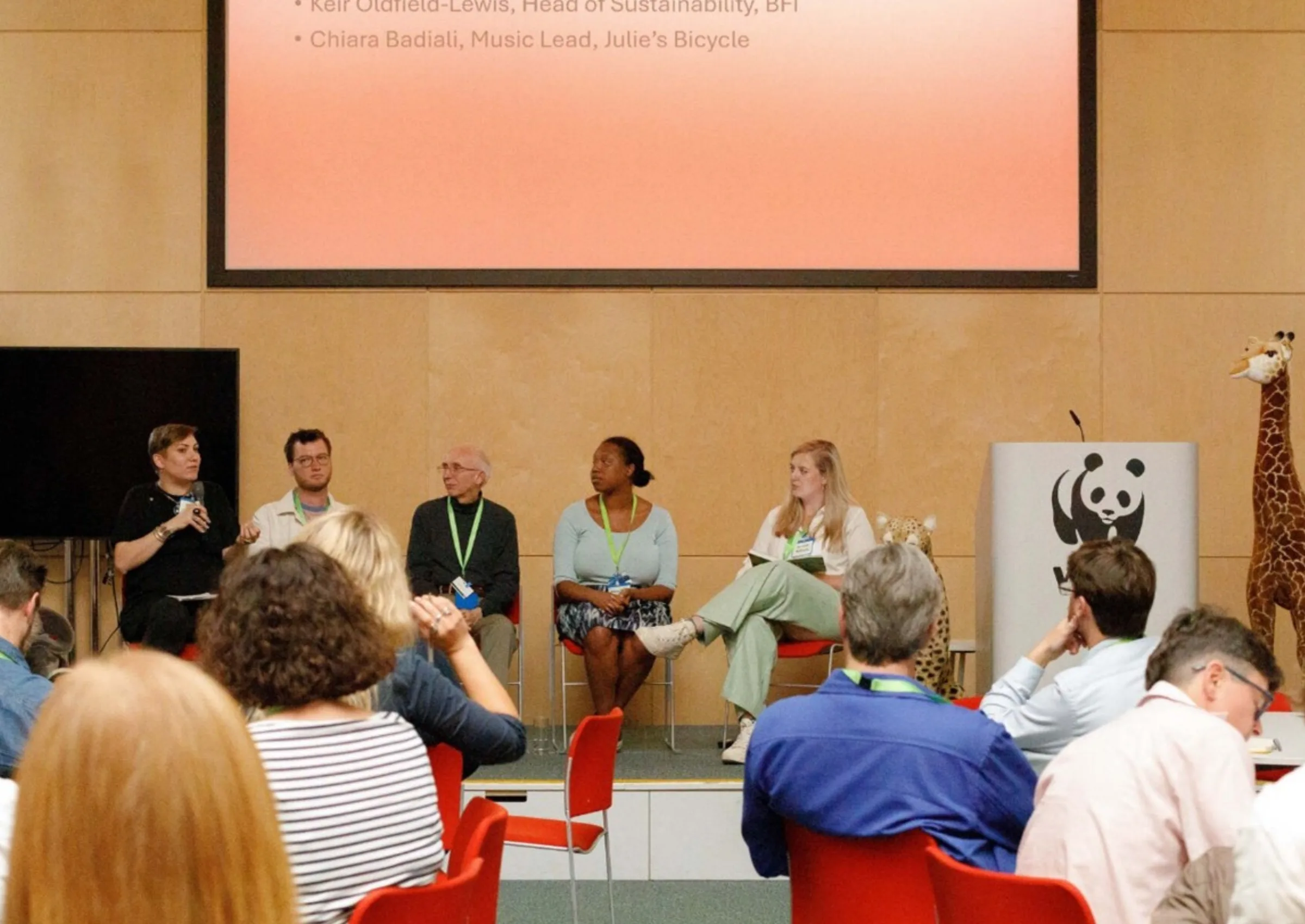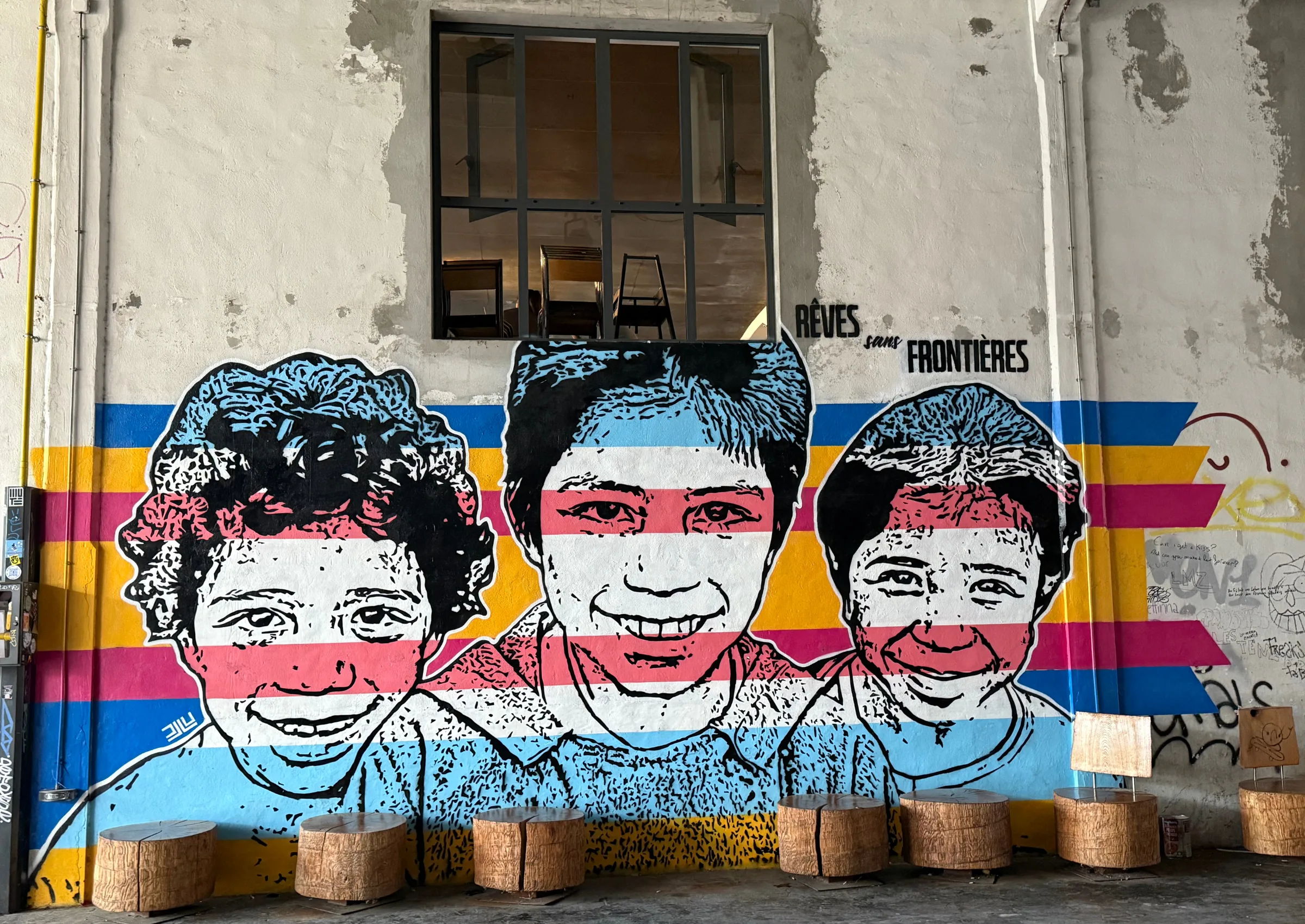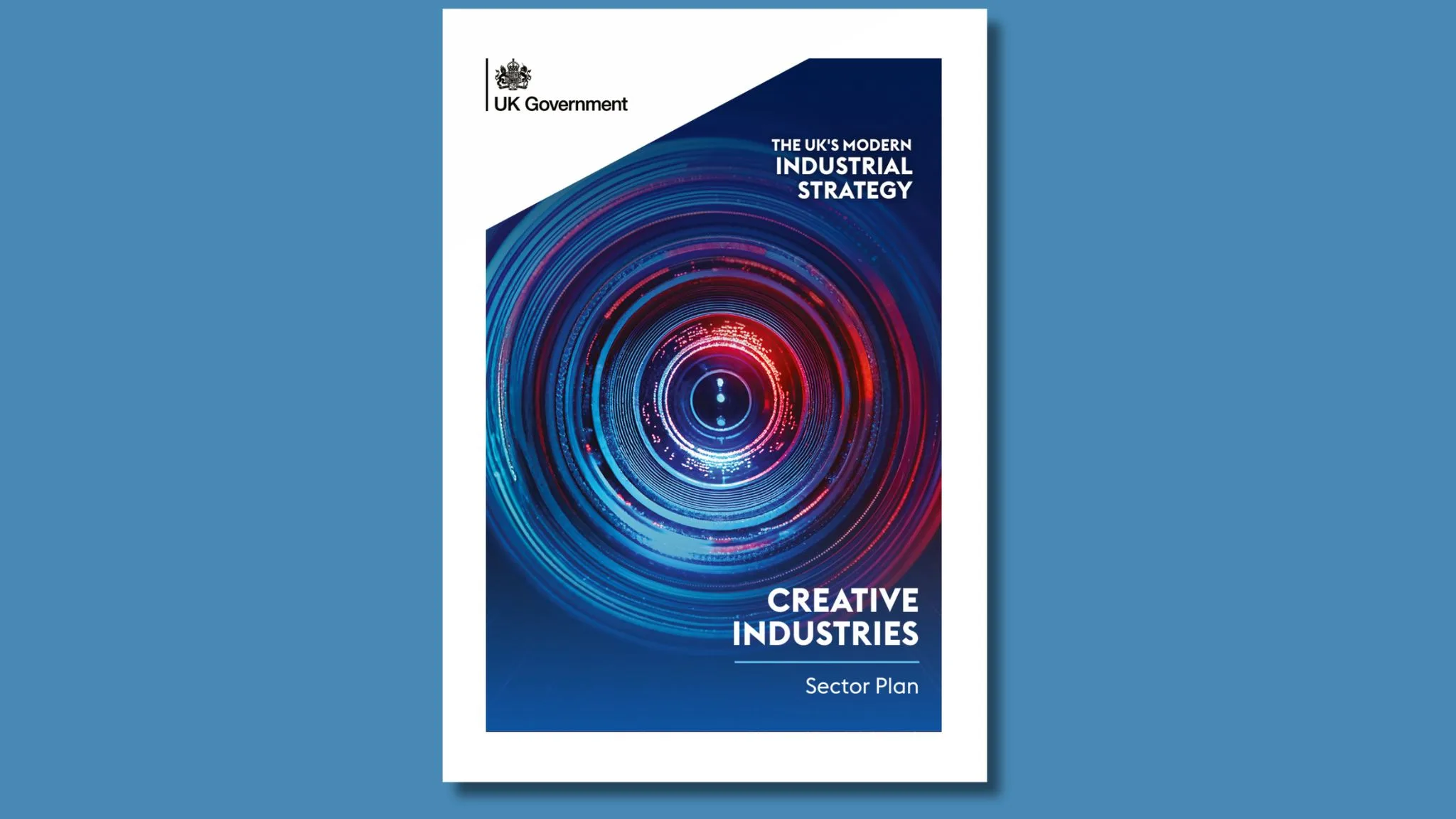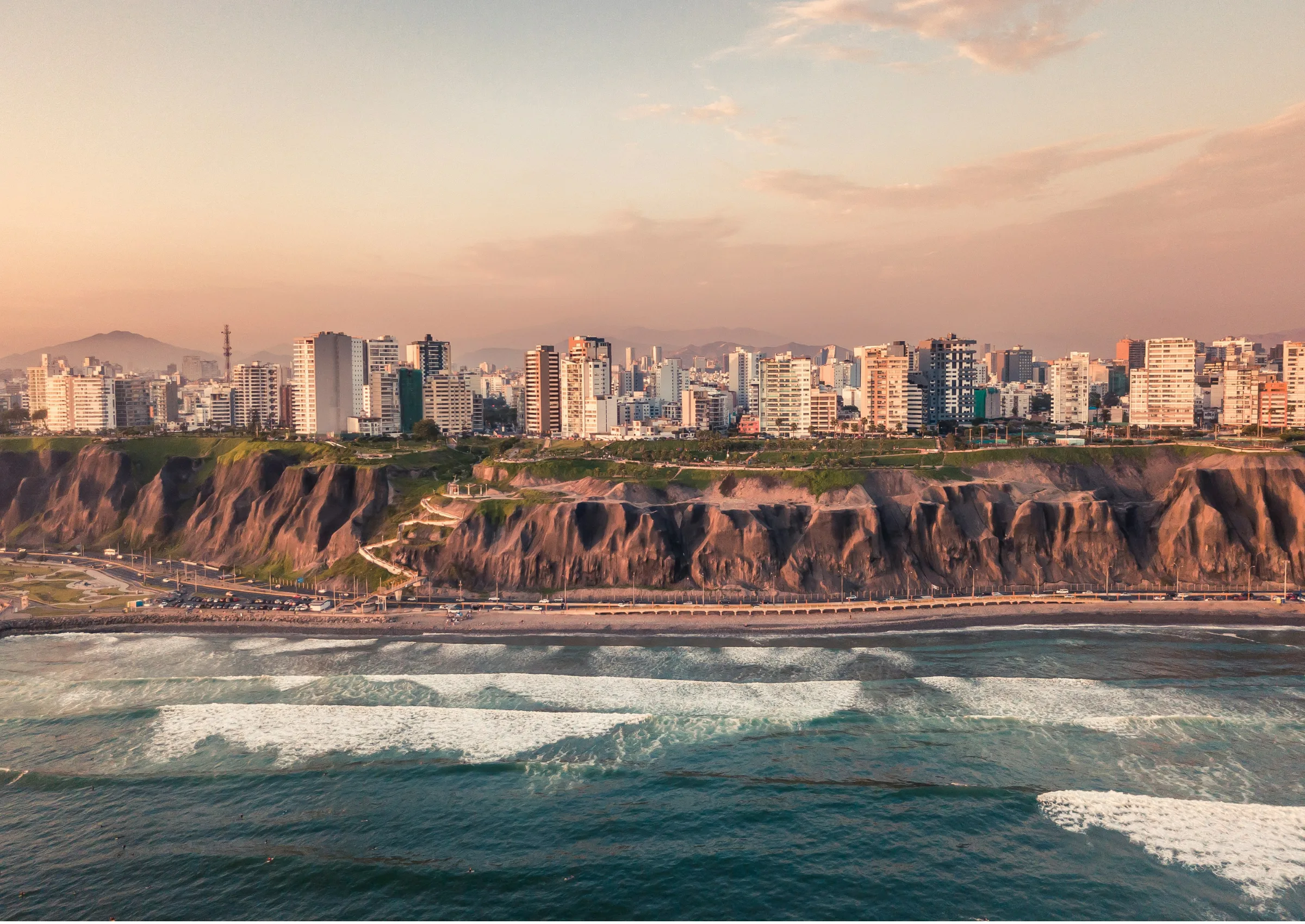Recent reports that Chancellor Rishi Sunak suggested cultural and creative workers find alternative employment caused considerable controversy. Although the controversy was driven by an unclear tweet from ITV (which was later retracted), many creative workers were angry at the implication they could simply abandon their occupations. Many arts workers pointed out they already hold multiple jobs, or have a range of skills and activities that go beyond one single arts occupation. Indeed, the idea of multiple jobs, portfolio careers, or even of the ‘side hustle‘ and ‘slashies’, is now closely associated with cultural and creative work.
But what do we actually know about holding multiple jobs in the creative economy? Recent research from the PEC includes an analysis of the demographics of the workforce, along with its geographic distribution. In this blog we’re going to discuss second jobs. The data we present are drawn from a larger research project on social inequalities in the creative economy at the University of Edinburgh. The analysis on second jobs is based on Labour Force Survey data collected between July and September 2019 in the UK. For the purpose of this blog, we use the word “creative” to refer to both creative and cultural jobs.
Conservative estimates tell us that about 4% of the people with a main creative job have a second job of some sort. While this proportion is similar to the proportion of people with more than one job in the whole workforce, the figure doubles when we look specifically at people with a main job in artistic, literary and media occupations. These “core cultural occupations” are among the occupations that have been hit the hardest during the lockdown.
Having a second job is particularly likely for people with their main job in music and performing arts occupations, such as actors, entertainers, presenters, artists (about 8%) photographers, audio-visual and broadcasting operators (10%) and, above all, musicians (11%). These findings should not surprise us, based on existing research on the sector.
What sort of second jobs are creative workers doing? Only a minority of people with second jobs have a “portfolio” of creative jobs, with less than a third (30%) of creative workers’ second jobs being creative work. This proportion shrinks to 20% among people whose main job is specifically in the core cultural occupations.
In the core cultural occupations the majority of second jobs are not in creative occupations (80%) and, for the most part, are related to non-professional types of occupation instead (60%). This suggests, at least for our core cultural workers, having a second job is almost an economic necessity.
We also compared the income and working patterns of creative workers who work second jobs and who do not. Preliminary findings suggest that, on average, those working second jobs have lower pay, work fewer hours, and have more often temporary jobs, compared with those who do not work second jobs. This preliminary analysis suggests many creative workers undertake second jobs in order to support their income, increase their number of working hours, or deal with periods of low demand in their creative occupations.
We can also highlight a number of people with creative second jobs, whose main job is in other sectors of the economy. Information about these jobs is sparse. However, the majority of them are paid, suggesting that they are “proper” jobs contributing to the total income, rather than simple hobbies. This category of work seems to fit well the idea of the ‘side hustle’, and perhaps some creative skills are embedded in their main job. However, these second jobs are most probably about supporting people’s creative aspirations. If it is too difficult to make a proper living from a creative job, one strategy to continue to pursue one’s creative calling is to transform it into a side job.
The story of the ‘side hustle’ suggests juggling several occupations may be liberating. However, a second job may drain the material and immaterial resources that could otherwise be put into creative work. People with multiple jobs may find it more difficult to balance work and family, and may be at higher risk of burnout, compared with people with a single job. If juggling more than one job is too demanding, talented and skilled workers may eventually decide to abandon their creative occupation altogether. The Chancellor’s comment that “everyone is having to find ways to adapt and adjust to the new reality” is something that will impact across all sectors of economy and society. However, it appears that many people working in the creative economy are already particularly exposed to the necessity of “adapting and adjusting”. They have to face the high level of precarity characterising creative work. The response to the crisis should not only be about adapting and adjusting, but also re-thinking the creative economy to put the wellbeing of the workers at its centre.
Photo by Matthieu Comoy
The PEC’s blog provides a platform for independent, evidence-based views. All blogs are published to further debate, and may be polemical. The views expressed are solely those of the author(s) and do not necessarily represent views of the PEC or its partner organisations.
Related Blogs
Insights from the Labour Party Conference 2025
Creative PEC Policy Adviser Emily Hopkins attended the Labour Party Conference in September 2025.
Association of South-East Asian Nations’ long-term view of the creative economy
John Newbigin examines the ASEAN approach to sustainability and the creative economy.
Take our Audience Survey
Take our quick survey and you might win a National Art Pass.
Culture, community resilience and climate change: becoming custodians of our planet
Reflecting on the relationship between climate change, cultural expressions and island states.
Cultural Industries at the Crossroads of Tourism and Development in the Maldives
Eduardo Saravia explores the significant opportunities – and risks – of relying on tourism.
When Data Hurts: What the Arts Can Learn from the BLS Firing
Douglas Noonan and Joanna Woronkowicz discuss the dangers of dismissing or discarding data that does…
Rewriting the Logic: Designing Responsible AI for the Creative Sector
As AI reshapes how culture is made and shared, Ve Dewey asks: Who gets to create? Whose voices are e…
Reflections from Creative Industries 2025: The Road to Sustainability
How can the creative industries drive meaningful environmental sustainability?
Creating value: the creative economy beyond culture by Marta Foresti
Marta Foresti explains the value of international cooperation as she becomes Chair of the GCEC.
Taking stock of the Creative Industries Sector Plan
We summarise some of the key sector-wide announcements from the Creative Industries Sector Plan.
Conversations between the Global North and South
Unsettling and reordering the creative economy
Why higher education matters to the arts, culture and heritage sectors
Professor Dave O’Brien, Professor of Cultural and Creative Industries at University of Manches…
